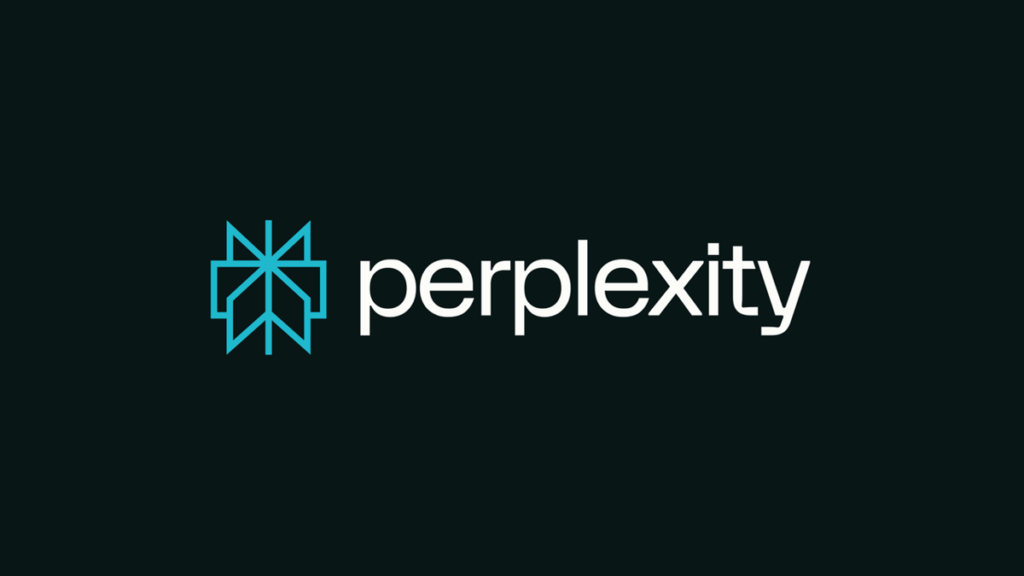
Perplexity, an AI-powered search engine, has made a name for itself with its advanced search capabilities, setting itself apart from traditional AI chatbots. While it offers a range of functionalities such as creative writing, file processing, and image generation, its deep research tool and the ambiguity surrounding the models powering its media generation features have left some users wanting more. Despite these shortcomings, Perplexity remains a strong contender for those seeking to enhance their web search experience beyond what Google offers. However, for those who frequently utilize comprehensive chatbot tools, ChatGPT continues to be the Editors’ Choice due to its advanced features and more detailed responses.
Understanding Perplexity: An AI-Powered Answer Engine
Perplexity positions itself as an “AI-powered answer engine,” focusing more on search capabilities than conversational interaction, unlike ChatGPT or Gemini. This emphasis is evident when attempting to engage in conversation with Perplexity, as it is noticeably less conversational than a typical chatbot. Nevertheless, Perplexity enables users to chat, conduct deep research, generate images and videos, engage in creative writing, process files, solve math problems, and even voice chat, similar to other AI chatbots.
For programmers, Perplexity offers coding assistance through Perplexity Labs, which can write and execute code. Although this functionality is beyond the scope of this review, users are encouraged to explore its coding capabilities independently. The primary appeal of Perplexity lies in its ability to answer questions and conduct research efficiently, often serving as a quicker alternative to traditional search engines.
How Perplexity Operates
At its core, Perplexity processes questions through a complex algorithm to generate answers. It relies on large language models, composed of artificial neural networks trained on vast datasets, to understand and respond to prompts. These models are sophisticated enough to handle a wide range of inquiries, from sports scores to complex academic problems. Additionally, Perplexity can access the internet to provide up-to-date information.
Unlike traditional applications, Perplexity improves over time without requiring major updates. Users contribute to training its AI models, unless they opt out. However, this is a gradual process and does not result in immediate improvements with each interaction.
Perplexity offers a variety of models, including its in-house model Sonar, as well as third-party models like ChatGPT’s GPT-5, Claude’s Opus and Sonnet, Gemini’s 2.5 Pro, and Grok 4.
Despite the range of models available, it is not always clear which model Perplexity uses for specific tasks. For instance, media generation queries may be routed to different models, even if Sonar is selected.
Pricing and Accessibility
Perplexity offers both free and premium plans. The free version includes five Pro searches per day and limited access to deep research and file uploads. Premium plans, such as Perplexity Pro and Max, provide expanded features and usage limits. For instance, Perplexity Pro, priced at $16.67 per month (billed annually), grants access to popular LLMs, over 300 Pro searches per day, and unlimited file uploads.
Educators and businesses have tailored plans, such as Education Pro and Enterprise Pro, offering additional features and support. Compared to competitors like ChatGPT and Gemini, Perplexity’s pricing is competitive, though not necessarily the best value.
Perplexity is accessible via the web and apps for Android, iOS, macOS, and Windows. It can also be accessed through the Comet browser, available on macOS and Windows.
Ease of Use and Interface
Perplexity’s interface is straightforward, resembling a chatbot with a central text field for prompts and a sidebar for account settings and search history. Users can change models, create projects, conduct deep research, and more through toggles below the text field.
While Perplexity saves user preferences to enhance future responses, it functions more as an assistant than a conversational partner. Discover and Spaces features offer curated news feeds and topic-specific hubs, though they may not add significant value for all users.
Advanced Features: Voice Chat and AI Search
Perplexity’s voice chat functionality allows for more organic interactions than its text chat, though it remains limited compared to traditional chatbots. The voice quality is generally good, with a range of AI voices and languages available.
AI search is Perplexity’s primary focus, excelling in most cases with a user-friendly interface that includes relevant article tiles, images, and videos. Despite its strengths, Perplexity occasionally struggles with complex prompts.
“Perplexity sets the standard for AI web search with its extensive array of tabs and substantial resources for further research.”
Deep Research and Labs
Perplexity’s deep research tool offers a starting point for learning about complex topics, though it falls short of the depth provided by ChatGPT. The Labs feature allows for creative applications, such as generating documents or web apps, with varying success depending on the task complexity.
Image and Video Generation
Perplexity supports AI image generation, producing competitive results, though not without flaws. Video generation, however, remains underwhelming, with issues in synchronization and clarity.
File Processing and Creative Writing
Perplexity holds its own in file processing, accurately analyzing images and documents. Its creative writing capabilities are competent, though not exceptional, with room for improvement in complex reasoning tasks.
Privacy and Data Security
Perplexity collects significant user data, including device information and third-party data, to customize advertising and marketing. While it promises not to sell user data, privacy concerns remain, particularly with its policy of gating privacy features behind a paywall for premium users.
“Perplexity’s privacy policy outlines significant data collection, including questions you ask and device data.”
Despite these concerns, Perplexity has not experienced major data breaches, though vulnerabilities in its Comet browser are noted.
In summary, Perplexity excels as an AI-powered search engine, offering a range of functionalities that enhance the user experience. While it faces challenges in deep research and media generation, its strengths in AI search and user interface set it apart. As AI technology continues to evolve, Perplexity remains a noteworthy option for those seeking advanced search capabilities.





